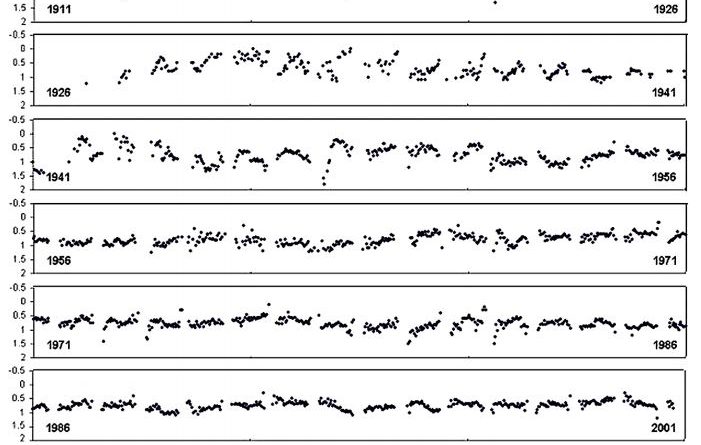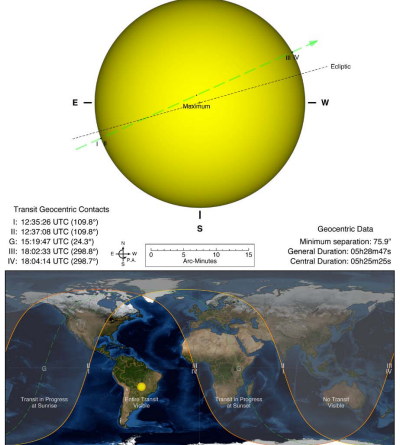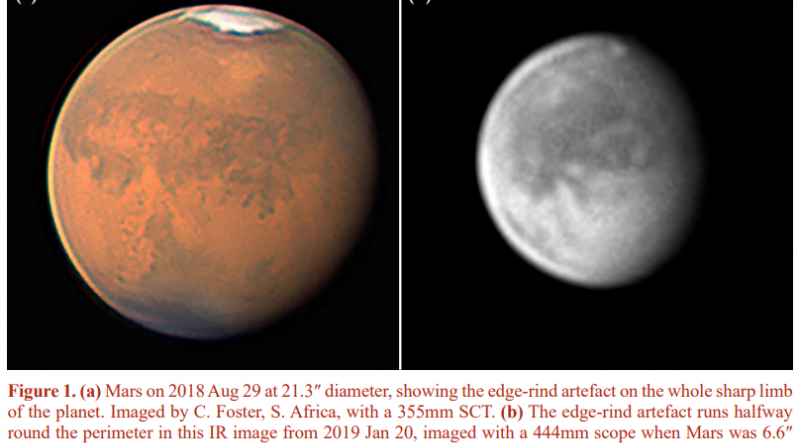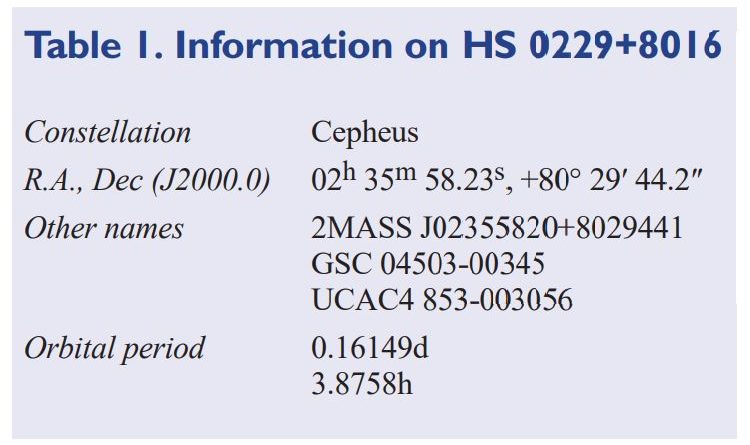Eclipse time variations & the continued search for companions to short-period eclipsing binary systems
Eclipse time variations have been detected in a number of post-common envelope binary systems consisting of a subdwarf B star or white dwarf primary star, and cool M-type or brown dwarf secondary. In this paper we consider circumbinary hypotheses of two sdB systems, HS 0705+6700 (also known as V470 Cam) and NSVS 14256825, and one white dwarf system, NN Ser. In addition, and for comparison purposes, we investigate the eclipse time variations of the low-mass binary system NSVS 01286630 with its stellar circumbinary companion. All four eclipsing systems have claims of circumbinary objects with computed physical and orbital parameters. We report 108 new observations of minima for these systems obtained between 2017 May and 2019 September and combining these with all published data, we investigate how well the published circumbinary object hypotheses fit with our new data. The new data have shown departure from early predictions for three of the four systems, but it is premature to conclude that these results…
Read more






